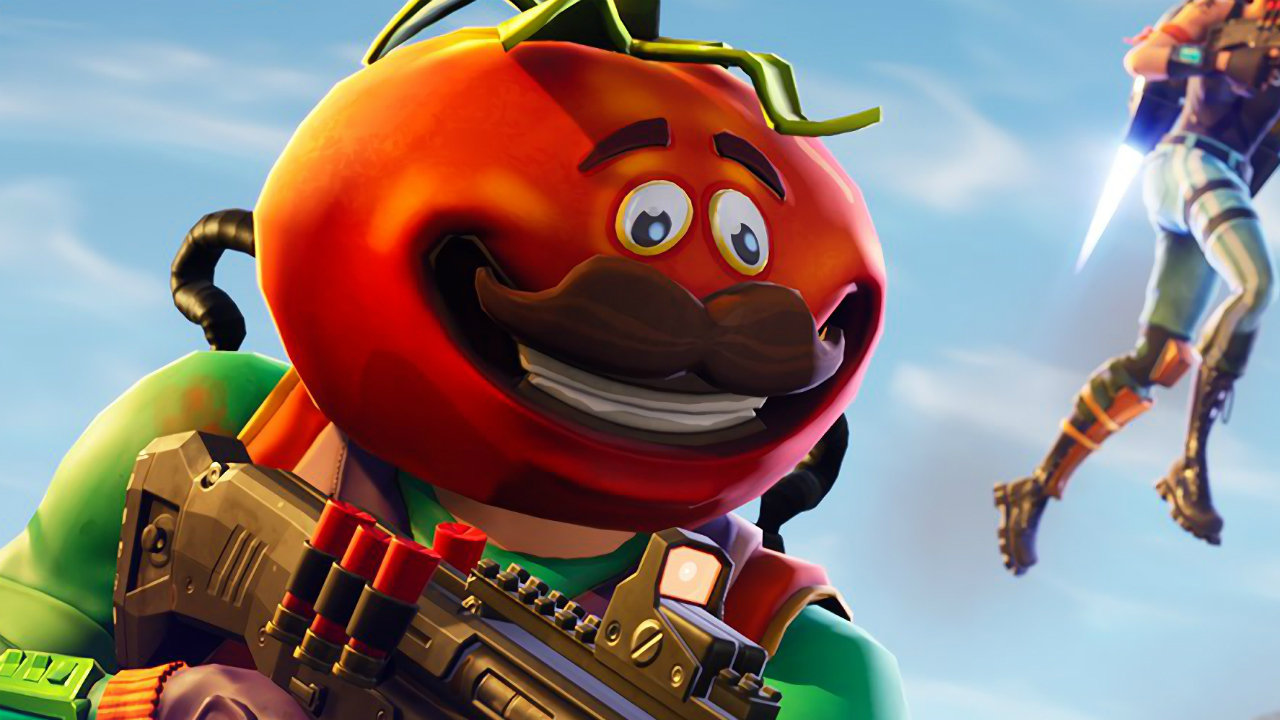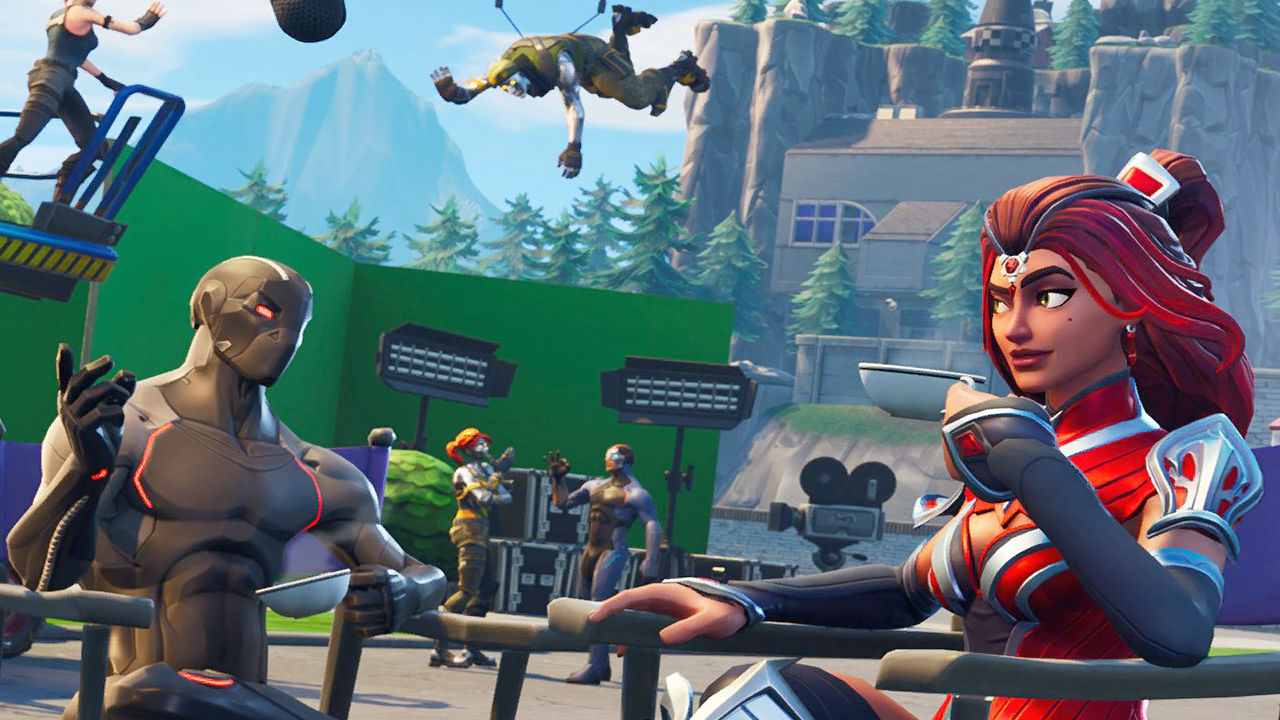The evolution of Fortnite: how Fortnite became the game we know and love today
Here’s how Fortnite: Battle Royale became the phenomenal success it is today
It’s safe to say that Fortnite is one of the most popular games in the world right now, especially when you look at just how many people are playing Fortnite. If you don’t know, there are 45 million Fortnite players worldwide and it’s been breaking records with its 3.4 million concurrent users. A lot of those players are probably like me though, and have started playing Fortnite within the past six months, hopping right on the back of that popularity bus. But you might be surprised to hear that Fortnite has actually been seven years in development. Fortnite was actually first revealed in 2011 at the Spike Video Game Awards and the original game took a lot of inspiration from the likes of Gears of War, Minecraft and Left 4 Dead.
Developer Epic Games wanted to create something “different and fun”, so a decision to create a cooperative PVE zombie game was produced - something that would eventually become Fortnite: Save the World. It wasn’t until 2017 when Epic Games revealed its new Battle Royale mode when things started to kick off, and by kick off I’m playing things down. This is the game that got a Marvel / Avengers: Infinity War tie-in and the game that went viral because Drake streamed it on Twitch with Ninja. Nuts right? What a rollercoaster ride for Epic Games, but it was well deserved and now the studio have created what I can only call an incredible online game that will change the gaming industry for years to come. And that’s not even taking into consideration the fact Epic just dropped $100,000,000 into Fortnite eSports competitions from 2018 - 2019. This is very much just the beginning.
Before Fortnite: BR, there was...
But to truly appreciate the evolution of Fortnite, we’ve got to go back to where it all began. So, let’s take it old school, back to 2011 when Fortnite was first revealed, and Epic admitted that the aim was to create a game quickly and get it to the players as soon as possible. That’s part of the reason the game has its cartoon-like style, and partly because it gave it additional longevity. Putting all of the ideas Epic had into realistic graphics would take an inconceivable amount of time and horsepower, and out of this quick idea become the style we all can’t help but love.
Back in 2011, Fortnite was all about salvaging materials, building forts and surviving the apocalypse, very similar to the Save the World mode now, just a bit more basic. Take a look:
But still, this trailer was only an idea. Epic had no real game for users to play, but it was confirmed in 2012 that Fortnite would be an exclusive PC title, and the first to use its Unreal 4 game engine with a 2013 release date pencilled in. But, as things tend to go with games nowadays, the game was delayed in November 2013. However, Epic also did something rather unusual, it announced Fortnite would be released as a free-to-play game in 2014.
But unfortunately, that didn’t exactly happen. The only way you could play it at all in 2014 was by getting an invite to the first closed alpha in December, with a more accessible online alpha arriving in March 2015. Then Fortnite disappeared entirely. In 2016 Epic decided to hold fire on Fortnite and focus on Paragon, a free-to-play MOBA that actually never left beta and ended up being shut down. Epic said it couldn’t see “a clear path for us to grow Paragon into a MOBA that retains enough players to be sustainable”.
Battle Royale begins
It’s now 2017, six years have passed, loot boxes are booming, the new Switch is on the block and big games like Horizon Zero Dawn are stealing people’s lives, how can Epic return? Should they have scrapped Paragon earlier? Probably, but the studio also knew that Fortnite had to be a successful game that propelled their studio to the top of the mountain and gain back the momentum that they oh so deserve.
Sign up to the GamesRadar+ Newsletter
Weekly digests, tales from the communities you love, and more
So, Fortnite: Save the World was finally released as a paid-for early access game in July 2017 on PC, PS4 and Xbox One. Streamers had early access to the title and it soon became clear that players loved it. But, Epic wasn’t done. It obviously saw the likes of H1Z1 and PlayerUnknown’s BattleGrounds dominating Steam and the entire battle royale genre, and decided it too wanted a piece of the cake. And, by cake, I mean the whole damn cake. Not just a slice.

Fortnite launched its new Battle Royale mode for free in September 2017, and unlike PUBG actually launched on PC, PS4 and Xbox One simultaneously, which rocketed it straight to the top of many a chart. There’s still no PUBG PS4 release date, numbers are in decline on PC, and even H1Z1: Battle Royale only just arrived on PS4. Fortnite: Battle Royale had a clear line to success over in the PlayStation camp.
Since then, Fortnite has received an insane amount of attention, with the game’s popularity only rising with every celebrity endorsement (I’m looking at you Drake), millions of downloads and it’s topping out as the most popular game to stream and to watch on Twitch by quite a margin. I’m talking millions of viewers and streams. Hell, you know you’re on a winning streak when Marvel get in touch to ask if Thanos can make an appearance the game for players to mess around with just in time to celebrate the release of Avengers: Infinity War. Fortnite’s rise to skyhigh is just so mad, it’s bonkers and almost unheard of.
What comes next?

That’s no easy timeline for Fortnite, but the development team have done an incredible job to make Fortnite quick to pick-up, incredibly engaging, and constantly evolving to the point that it’s played and loved by millions across the globe. Epic Games has set the bar for other developers to update and grow their game on a weekly basis and integrate new events to keep players continuously finding new things to discover and do. Oh, and don’t get us started with how they’ve changed the in-game purchases scene, with no paid-for DLC, no premium passes, just pure cosmetics. Just the way we like it.
But, what comes next for Fortnite? Although we have no solid facts there’s plenty of things Epic is already doing for 2019 and beyond. Fortnite eSports has already got the ahead, with Epic donating a $100,000,000 fund to help fuel Fortnite eSports competitions between 2018 and 2019. No doubt there’ll be other movie cameos in Fortnite’s future too - we’d pay good money for a Deadpool skin after all. It wouldn’t be beyond the realms of reality to even see Elon Musk’s rocket make an appearance or other game characters as part of a cheeky crossover. And what about their seasonal events? Perhaps a tsunami that freezes over for winter, creating a snowy environment, or a whole new Fortnite map entirely? The possibilities are endless for a game like Fortnite, a game that’s launched this new Battle Royale genre into a new, highly successful direction.
Brandon is a former video producer for GamesRadar, and now quite the entrepreneur running multiple start-ups. He is the founder of RetroDodo and now spends a lot of his time running Click Hill, a company dedicated to building niche, passionate, highly engaged communities.


